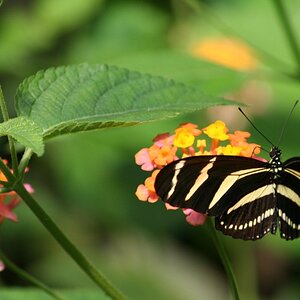ac12
Been spending a lot of time on here!
- Joined
- Dec 5, 2017
- Messages
- 2,637
- Reaction score
- 911
- Location
- SF Bay Area, California, USA
- Can others edit my Photos
- Photos NOT OK to edit
Since Ron has posted a BUNCH of great football pics, and a few of us are interested in football photography, I thought I would start a thread on gear for shooting NON-Pro football/soccer.
IOW your kid in middle/high school.
Lighting:
One "problem" that I have where I live, is that the league schedules high school football on Friday after school.
- JV starts at about 4, and starts in sunlight, and goes to lights as the sun goes down.
- Varsity starts at 7pm, and plays under lights.
The only day games are at schools which do not have lighted fields. Then it is Saturday morning.
Soccer is reversed (for whatever reason). Varsity plays first, then JV.
Again half the first game is under lights, and the 2nd game completely under lights.
So, for high school, you have to deal with rather LOW light level.
This lighting issue carries into the camera and lens discussion.
MY exposure at night is:
ISO 6400, aperture f/4 (wide open), shutter speed 1/400 sec.
I understand that middle/intermediate schools do not play at night.
I will follow with separate posts for camera and lenses, so this post isn't so long.
IOW your kid in middle/high school.
Lighting:
One "problem" that I have where I live, is that the league schedules high school football on Friday after school.
- JV starts at about 4, and starts in sunlight, and goes to lights as the sun goes down.
- Varsity starts at 7pm, and plays under lights.
The only day games are at schools which do not have lighted fields. Then it is Saturday morning.
Soccer is reversed (for whatever reason). Varsity plays first, then JV.
Again half the first game is under lights, and the 2nd game completely under lights.
So, for high school, you have to deal with rather LOW light level.
This lighting issue carries into the camera and lens discussion.
MY exposure at night is:
ISO 6400, aperture f/4 (wide open), shutter speed 1/400 sec.
I understand that middle/intermediate schools do not play at night.
I will follow with separate posts for camera and lenses, so this post isn't so long.
Last edited:



![[No title]](/data/xfmg/thumbnail/31/31743-3b294ee78fc71e7bfc025b01eafb0c2d.jpg?1619734986)
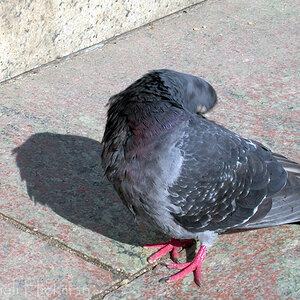
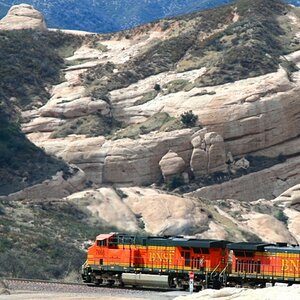
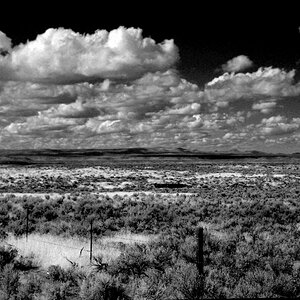




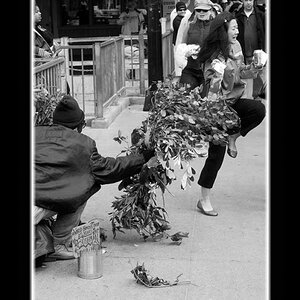
![[No title]](/data/xfmg/thumbnail/38/38293-15e3a85f038b239e3c60bf9f38f5d56c.jpg?1619738563)
